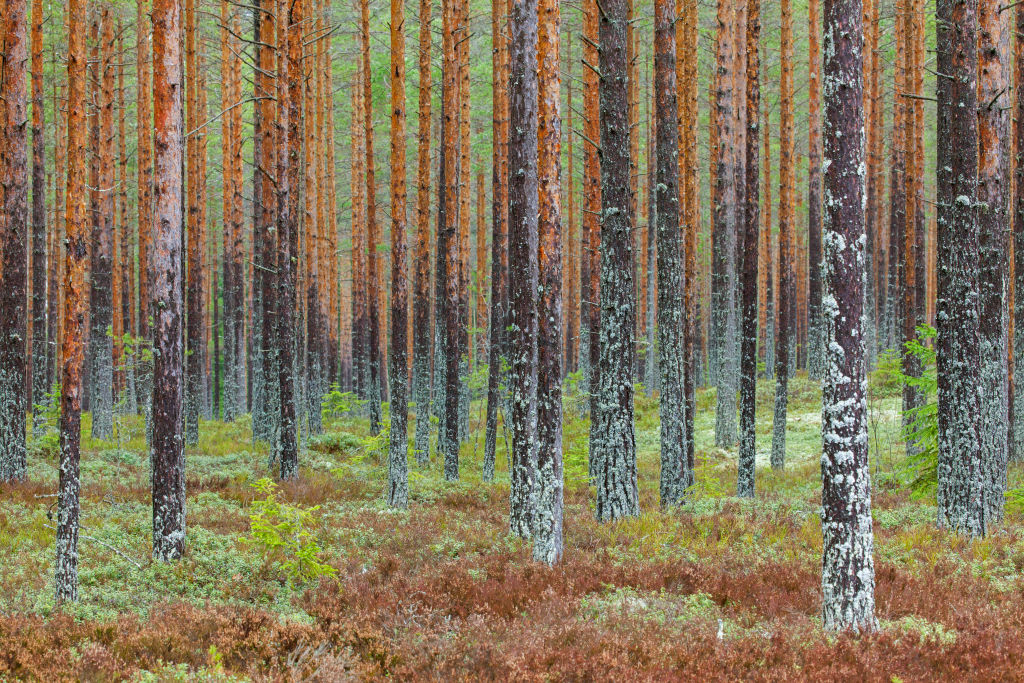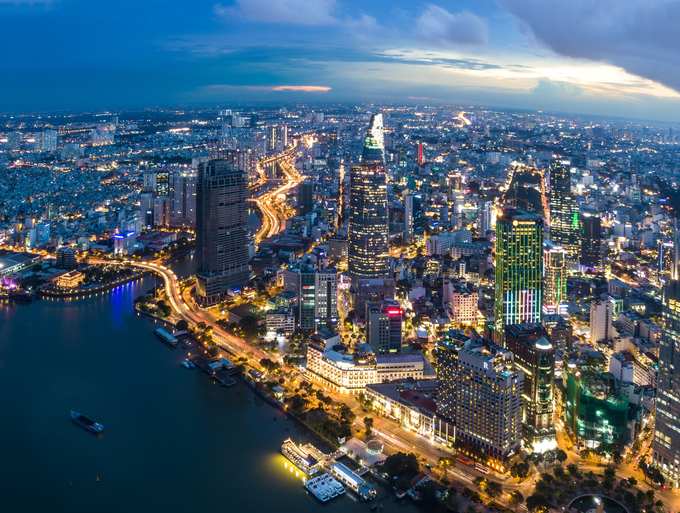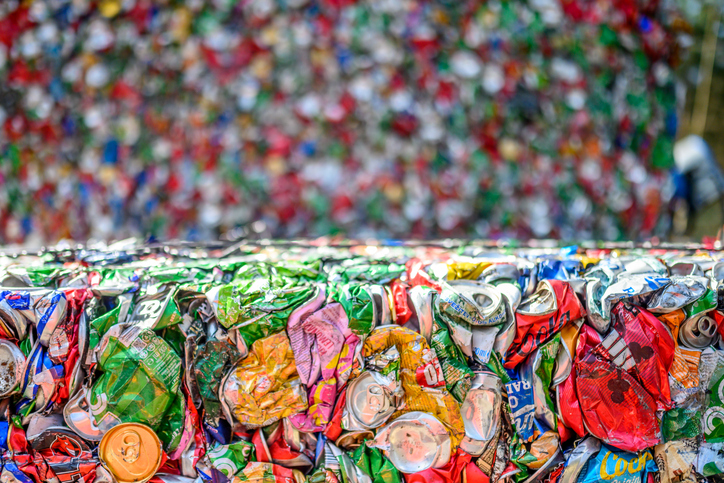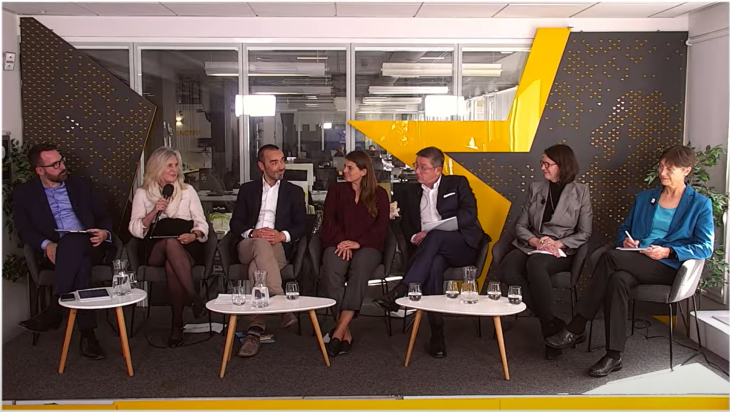Green or blue? Fertilisers face two routes to decarbonisation
New technologies are available to produce low-carbon fertilisers, but the industry says they are not getting the financial or policy support to develop them

Fertilisers are essential to European agriculture, but they also contribute to climate change. For this reason, they are subject to payments under the EU’s Emissions Trading System.
To reduce those emissions payments, producers can either change the way fertilisers are made or they can capture and store the carbon they emit.
Euractiv spoke with Leo Alders, CEO of the fertiliser company LAT Nitrogen, with production sites in Austria and France – a company which recently had to abandon a project to green its fertiliser production process in Austria, because of a lack of financial and policy support. We asked him what’s holding back fertiliser decarbonisation.
EV: What kind of low-carbon fertilisers are possible to produce, and what are the roadblocks to producing them at a large scale?
LA: If we talk about decarbonising our industry, then we have not only the green route, but also the blue route. Both options are good, valid options for us as an industry.
For the blue route, we’re talking about still producing fertilisers with natural gas but capturing the CO2 and storing that somewhere.
It started with an idea to do that below the sea, but today, there are also more and more thoughts around storing CO2 on land in Europe. In the beginning, legislators were not really fans of storing CO2 on land, but that has changed. For our industry, it’s really easy to capture CO2 – we’re actually already doing that.
For us, what is needed to go into such projects is: first, a pipeline transport capacity to bring the CO2 out of the production location and into the storage location; and second, the production facility needs to be prepared to send it.
So, the main condition for us to work with blue ammonia is to have these pipeline connections and storage locations. That’s infrastructure work that needs to be done. That’s not a piece of cake; we need national legislators to help us.
Then there is green ammonia, in which technology plays an important role. In our current production process in the ammonia plant, we have a process where we crack the natural gas and transfer that into hydrogen.
We can build electrolysers to produce green hydrogen by injecting that into our processes, but you can only do that to a maximum of 10-15% in a unit because there is a chemical balance that needs to be respected. It’s the first step toward green fertilisers. But if you were to go to full decarbonisation of our plants, to capture the remaining 85-90% of CO2 production, then you would need to feed green hydrogen into the plant.
That would create a big technological change, because it means you don’t need the first section of your production facility [using natural gas], you would just need to synthesise hydrogen and nitrogen into ammonia.
So, from a technology perspective, this would take more time than the blue ammonia route, and it would require a long lead time to introduce new plants where there would only be a synthesis loop involved. So, we see that as a second phase, it’s much more logical for our industry to first pursue the blue route.
EV: You recently had a green ammonia project that you decided not to move forward with after five years of feasibility studies. Why was that project discontinued?
LA: It was a project that would have fitted into that [electrolyser] category of 5-10%. We worked on it for a long time together with Verbund in Austria. The authorities were quite cooperative. Since we started to work on that project, we have gained much more clarity on how you can subsidise such a unit, because there are different subsidy schemes at the European and national levels.
We had to look for a way to obtain these subsidies, but after testing the different options, it was clear we could only obtain about half of the subsidies we needed.
And in order to make the project profitable and have a positive business case, you need to find other ways, on top of the subsidy, to fund these projects. We’ve tried to do that through a reduction in the electricity price. Currently in Europe, whether you are a private consumer or a business consumer, you work with commercial energy prices.
There is a change coming, Ursula von der Leyen said in her State of the Union speech, that electricity for decarbonisation projects should be offered more or less around the production cost price. But that’s today, not yet the case; the margin taken by the energy provider is currently not contributing to the profitability of a project like this.
On the other side, the consumer demand for green products is not yet developed, so we cannot count on certainty that there will be a margin.
We had hoped that the combination of subsidies with a reasonable green electricity price and a demand downstream would lead to a positive business case. That did not work out, but I’m hopeful that one day the conditions will be favourable for such an investment. And if indeed electricity can be offered at around production cost price, like the EU is thinking about, and if also schemes can be developed for green products, then we will immediately decide to execute that project.
The design was far evolved, and the commercial contracts were ready. We were getting to the final investment decision.
EV: You mentioned that the demand isn’t there right now for these green products downstream, and these are expensive investments. So, in the end, who should pay for these efforts? The consumer, the retailers, the farmers or the producers?
LA: It’s important to point out that although the investments for us as an industry are very high – for an electrolyser project you talk about around €300 million – if you calculate the cost of the green fertilizer used by the farmers and taken up by the food producers, in the end the green fertilizers would cost between half a percent and one percent in the final product [for consumers].
So, I think in the end, if we want to avoid the warming of the climate, then we will all as consumers need to pay that price. It’s not such a hurdle to pay half a per cent; we all as consumers have to do that. The point is, how do you install a scheme that implements this principle?
You could have a concentrated use in the whole value chain with a labelling or obligation system with a limited number of parties, where it’s not too complex to implement, but where you have a massive effect on the whole downstream chain.
EV: One area of EU policy that the fertilisers sector will be very impacted by is the Carbon Border Adjustment Mechanism (CBAM), the incoming carbon border levy for imports of products from countries without strict climate legislation like the EU. How is this going to impact your sector?
LA: Yesterday, I talked with our internal expert on CBAM calculations. He told me that the benchmark data has not been aligned yet. So actually, before the publishing of all the guidelines around CBAM has been done, nobody really knows what it will look like.
I heard numbers yesterday on CBAM costs for importers between €40 and €200 per tonne of ammonia. That’s a huge difference. As long as we don’t have more certainty on these numbers and the benchmarking system, then nobody knows what CBAM is going to mean.
They say it will be implemented from 1 January, and it will then be fine-tuned during the running of the implementation, and after two years, the final calculation will be available on what actually needs to be paid.
That creates a very strange situation where if you do not import products from outside Europe into Europe, when we have our contacts with potential suppliers they tend to say, ‘well, we will deliver you the product for a certain price without the CBAM, and the CBAM will need to be paid by the receiving party in Europe, whatever it may be.’
So, anyone in Europe who needs to buy something next year is brought into a big uncertainty. The buyers say CBAM costs in the future should be the exporters’ responsibility, and that’s currently unclear. It’s a risk in the system that nobody wants to take.
The principle is that the CBAM cost would be balanced with the decrease of free allowances in the EU Emissions Trading System. But nobody’s really sure that that balance is going to be there.
The expert I talked to yesterday said that it looks like the way the CBAM would be calculated is actually putting a higher burden on the imported products compared to the decrease in certificates in Europe. I can’t confirm or deny that, because all the information isn’t available. So as long as the texts aren’t released, everybody is walking in the dark.
(BM)









